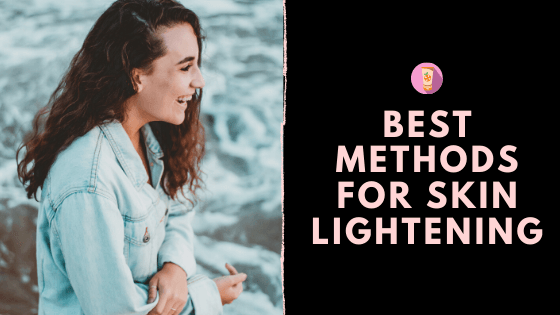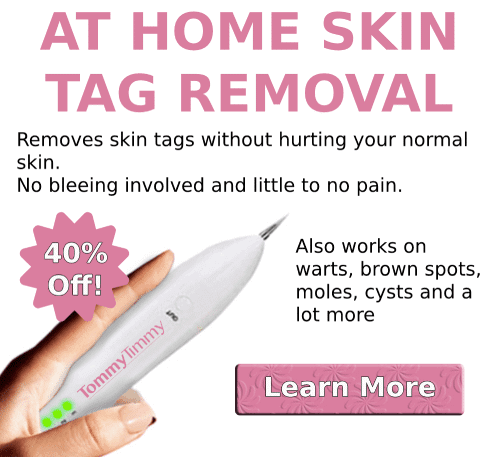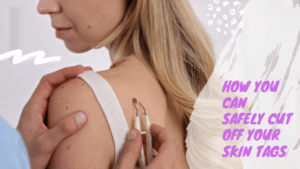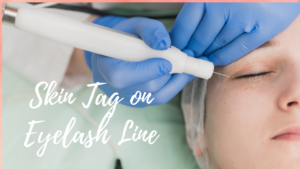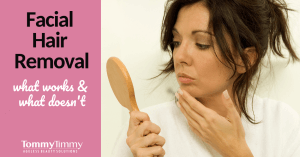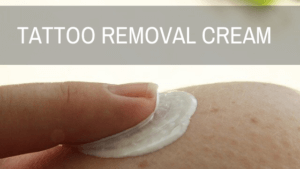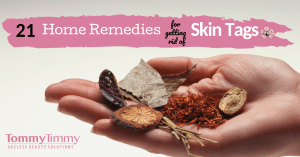Contents
Nature of Hyperpigmentation
Hyperpigmentation, what is it?
Although hyperpigmentation affects women of all races, it’s more visible in people with a light skin complexion. This is because the darker skin pigment distinctly contrasts the natural fair complexion of the surrounding skin. Skin discoloration is usually black or dark in color. However, in some people, it’s brown or gray. This skin condition is typically characterized by pigmented irregular patches on different parts of the body, especially on the face.
Preventing Hyperpigmentation
Using sun protection is one of the best ways of preventing hyperpigmentation. It’s important to note that the sun rays are responsible for the formation of pigmented skin. Even on cloudy days, it’s still important to wear sun protection. So, if you are in menopause or post-menopause, make sure that you wear sun protection daily. If you already have a pigmented skin, you still need to wear this a protector to reduce the skin discoloration.
An SPF 30 product is effective for protecting the skin against UVA and UVB rays, which cause pigmentation. Additionally, it’s important to apply moisturizing creams to keep the skin moist. Note that some of these creams also enhance the production of collagen. So, you will end up gaining double benefits. When choosing sun protectors and moisturizing creams, avoid chemicals that may cause skin irritation.
Best Skin Lightening Methods
Skin lightening is a medical alternative that you can use to lighten your skin. Generally, the doctor will recommend a treatment method depending on your skin type. Some of the best and most common treatment options include:
Retin-A:
Retin-A is the most common type of treatment for hyperpigmentation. It’s also safe for older women who are in menopause or even those who have passed this phase. Retin-A is a type of topical skin lightening cream which contains high amounts of Vitamin A. It helps to reduce the dark skin patches by safely exfoliating the skin. Additionally, it also speeds up the growth of new skin cells. This cream is generally used in combination with other skin lightening products.
Hydroquinone Creams:
These are bleaching agents which help to reduce the production of high amounts of melanin. It’s worth noting that during and post-menopause, the body of women naturally increases the production of melanin. So, these lightening creams help to slow down this effect by significantly reducing the over-production of melanin.
Chemical Peels:
This treatment option involves the use of salicylic acids and glycolic acids. It helps to treat skin discoloration by exfoliating the skin.
Intense Pulsed Light:
IPL is a type of laser treatment that involves the use of high-intensity pulses. The pulses are usually directed on the affected area of the skin. It effectively removes hyperpigmentation. The best thing about using Intense Pulsed Light is that it doesn’t leave scars. Additionally, there is no recovery period. It is one of the best skin lightening methods.
Laser Resurfacing:
This procedure involves the use of a laser to evaporate the top layers of the pigmented skin. Laser resurfacing leaves a clear skin that’s evenly toned. Note that this method of treating hyperpigmentation usually is used after treatment options such as chemical peels and hydroquinone creams.
Microdermabrasion:
This is a non-invasive form of skin treatment that involves exfoliation of the damaged skin. Microdermabrasion is a technique where tiny and rough grains are used to remove the top layer of the skin. This layer contains damaged and dead skin cells. However, this method of lightening the skin is not highly recommended for women in and post-menopause. This is because it is highly aggressive, and it disrupts the surface of the skin.
Home Remedies for Hyperpigmentation
It’s possible to lighten your dark spots with natural home remedies. These treatment options are suitable for long-term use and users need to exercise patience. Some of the natural treatments that can reduce skin discoloration include:
Green Tea
Green tea has high amounts of antioxidants. Besides that, it’s rich in anti-inflammatory. Applying green tea can help to reduce hyperpigmentation and increase the speed of skin lightening. Evidence suggests that it minimizes the side effects of sunburns and melasma.
Licorice
Glabridin is a licorice extract that can lighten pigmented skin. It contains antioxidants, anti-inflammatory, and bleaching properties. Note that the skin-whitening property of licorice has made it a popular ingredient in skincare products for hyperpigmentation.
Aloe Vera
Aloe Vera contains aloesin, a natural compound that can lighten pigmented skin. Note that aloesin works effectively to reduce the overproduction of melanin. You can use aloe vera by applying the gel directly on the skin.

